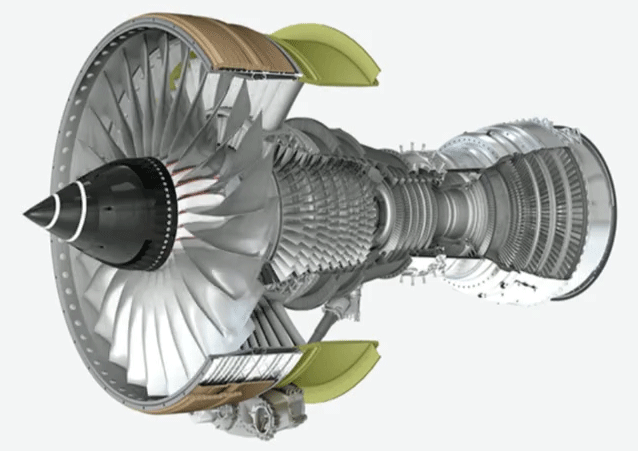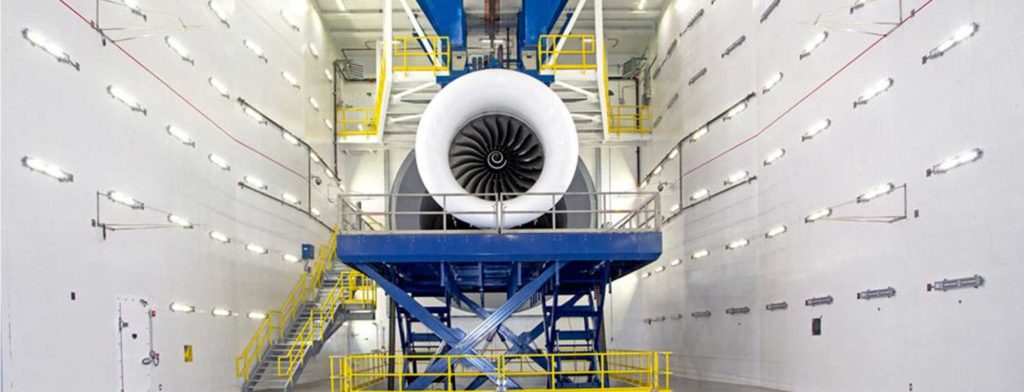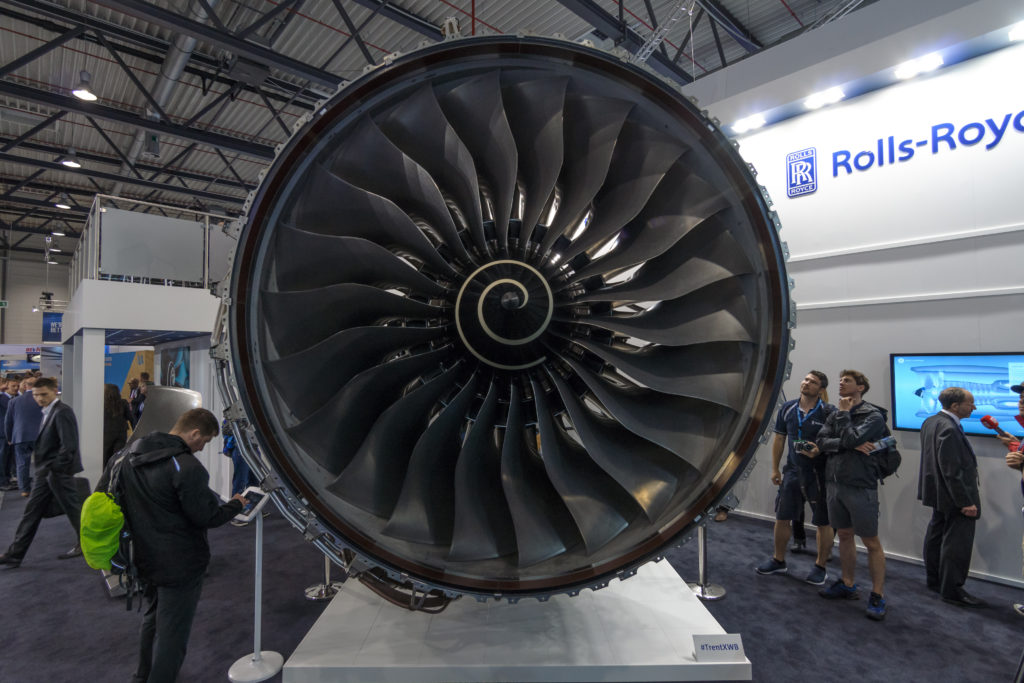
Successful UltraFan Test Heralds a New Generation of Jet Engines

A jet engine is one of the most complex mechanical marvels in the world. With the recent successful test of Rolls-Royce’s developmental UltraFan engine, the future of jet engines just got even more sophisticated. UltraFan technology is staunchly positioned as the future for aviation propulsion. After this test, that future has become a little clearer.
A lineage of proven excellence
Rolls-Royce’s UltraFan is the third iteration of its Trent family of turbofan engines. The Trent 700 debuted in 1990, followed by numerous variations through to the premier of the Advance in 2018 (target launch 2021). The UltraFan is slated for a 2025 launch date.
Along the way Rolls-Royce has also put out variations on the original Trent design, including the most recent Trent 7000 in 2015.

The first successful test
The UltraFan promises to be leaps and bounds ahead of the original Trent design. In February 2019, engineers got a sneak peek at just how much better.
At its facility in Derby, U.K., Rolls-Royce engineers assembled all composite elements of the UltraFan’s Advanced Low-Pressure System (ALPS) for the very first time. This included the fan blades, fan case, and annulus fillers. The entire setup was tested on a donor engine, and the entire process benefitted from IntelligentEngine vision — the company’s digital software that measures the exact parameters of each fan blade during testing.
This is the first time all core elements of the UltraFan have been assembled and tested as a whole.

What’s so special about the UltraFan?
More than just the next iteration in a long line of groundbreaking propulsion systems, the UltraFan promises to herald eye-popping improvements over the standard engines of today.
- Lower CO2 emissions by 75% (per-passenger/km)
- As much as a 30% reduction in fuel consumption
- An environmentally friendly reduction in NOx emissions (as much as 90%)
- Noise reduction by up to 65%, resulting in a 15dB drop in noise pollution
Through its innovative new technologies, lightweight design, and unparalleled build quality, the UltraFan is poised to tackle everything from operating costs and environmental concerns to noise pollution and aircraft availability concerns.
Roadmap to the skies
 All the excitement around the UltraFan engine needs tempering. According to Rolls-Royce’s roadmap, we’re at least five to six years away from seeing it on a jet, much less in the air. That said, there is a clear and present roadmap to the skies for the UltraFan.
All the excitement around the UltraFan engine needs tempering. According to Rolls-Royce’s roadmap, we’re at least five to six years away from seeing it on a jet, much less in the air. That said, there is a clear and present roadmap to the skies for the UltraFan.
That roadmap started with this first successful test and is most likely to culminate with the launch of a re-tooled Airbus A350 in 2025. In between these two points, the UltraFan will likely see ground testing in 2021 and production shortly thereafter. Even beyond the 2025 intended launch date, Rolls-Royce is already looking as far ahead as 2050 to account for EU flight path goals.
The UltraFan is already a modern engineering marvel, and it hasn’t even left the factory floor. With one test in the books and more not far behind, the future of aviation engines is closer than most realize.